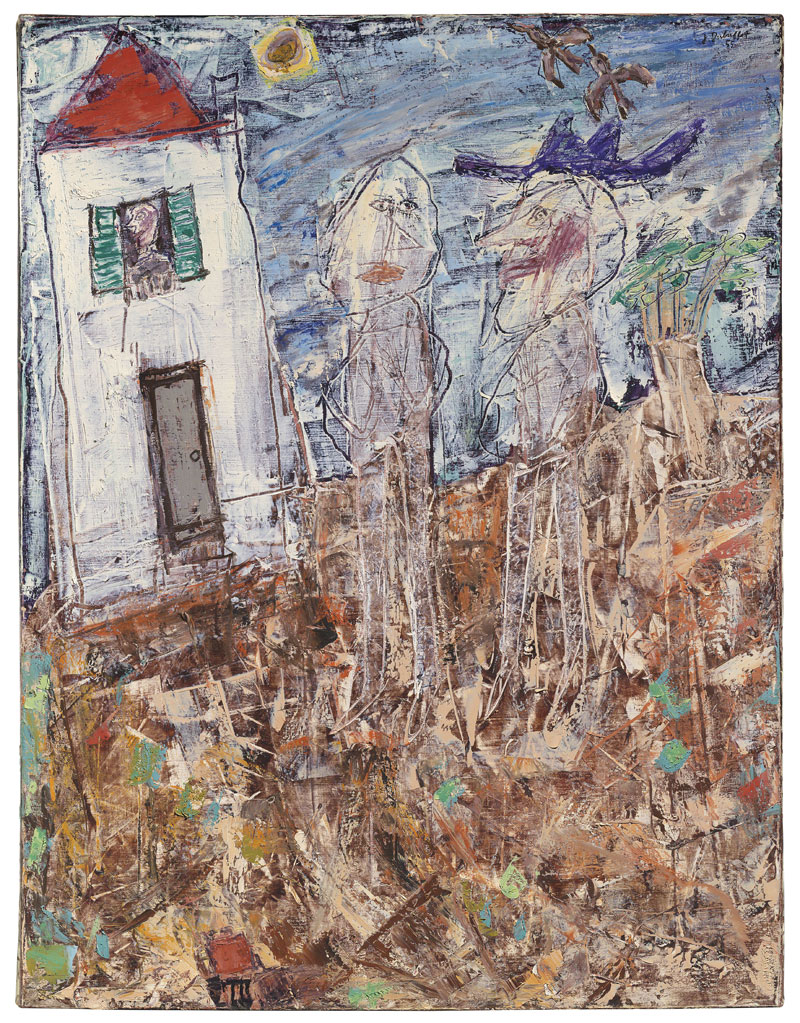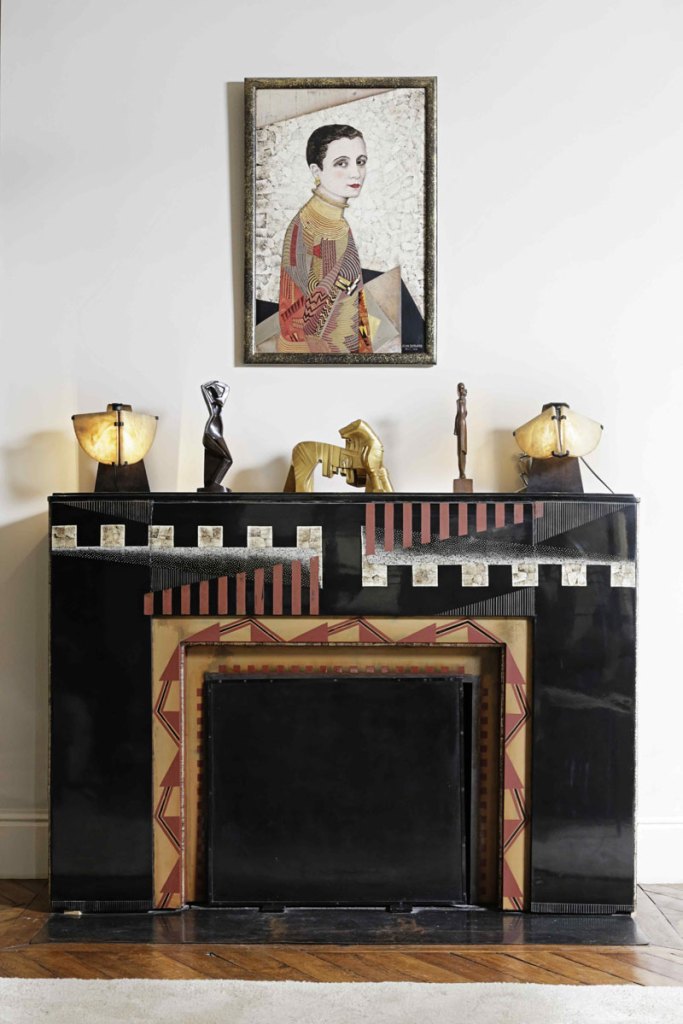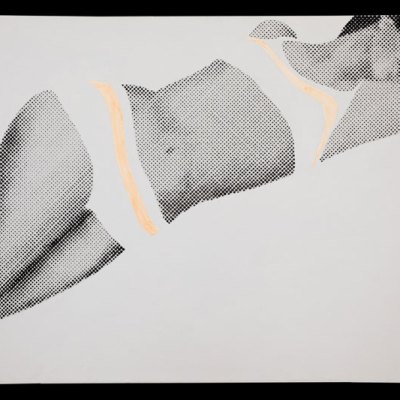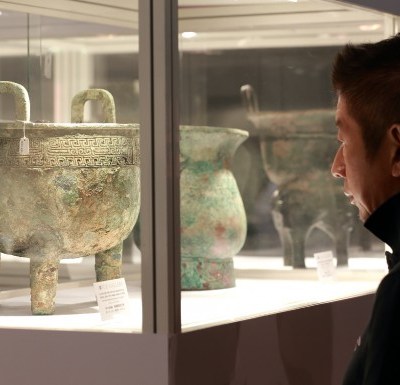Such is the gravitational pull of stellar art fairs that they quickly attract a whole cluster of orbital events – shows, auctions, projects, exhibitions and, of course, other art fairs. That was certainly the fate of Frieze London, taking place this year on 6–9 October, which burst fully formed on to the international fair calendar in 2003 and immediately established itself as one of the pre-eminent events for contemporary art. Like so many other fairs, however, its problem has been how to ensure it is not outshone by increasingly dazzling satellites.
The Pavilion of Art and Design (PAD) is itself a spin-off from a sister event in Paris, and this year marks its 10th anniversary in the gardens of Berkeley Square (3–9 October). This central Mayfair location at the heart of the capital’s best hotels, restaurants, and hedge fund community accounts in part for the success of this elegant event, as does its intimate scale and user-friendliness – a far cry from the edgier Frieze experience in Regent’s Park. PAD was the first fair in London to combine modern art and design, and unlike Frieze Masters, wholeheartedly embraces three-dimensional work – not just sculpture, antiquities, and tribal art. This is a fair where boundaries blur between art, craft, architecture and industrial design, whether in the form of a sleek, proto-minimalist silver-plate teapot designed by Christopher Dresser around 1880 (Oscar Graf), an Alberto Burri Celotex (Mazzoleni Art) or the sleek geometries of a sculptural wooden table handcrafted by Rasmus Fenhann (Maria Wettergren).
That a thriving international contemporary art market could emerge in London was in large part thanks to the passion and commitment of the late Leslie Waddington (1934–2015). He joined the Cork Street branch of his father’s Dublin gallery in 1958, and set up on his own eight years later. He offered lifelong support to a generation of pioneering British artists and sculptors and also championed successive waves of the American avant-garde to a largely perplexed and uninterested British public – from the Abstract Expressionists through to Pop and Colour Field painting. By the end of the 1980s, before the fateful crash in the market, there were five Waddington spaces on Cork Street.
As a dealer in the secondary market, he was also a sound authority on classic modern art, notably playing a major role in exposing the Jean Dubuffet forger John Myatt and his accomplice John Drewe, who – scholars beware – ingeniously doctored museum archives to create bogus provenances for Myatt’s pastiches. On 4 October, Christie’s London offers the Waddington collection, and Dubuffet’s raw but joyful Visiteur au chapeau bleu of 1955 is one of the star lots (estimate £2m–£3m). Traumatised by the ravages of war, Dubuffet had left Paris and moved to Vence in the South of France to rediscover the natural world. Its rich, diverse landscape stimulated a productive period of experimentation with textures, non-art materials, layering and accumulation.
Visiteur au chapeau bleu (1955), Jean Dubuffet. Christie’s London (£2m–£3m). Christie’s Images Ltd 2016

Waddington’s home in Chelsea was redesigned by the minimalist architect, John Pawson. Emerging from the white walls of the sitting room was Alexander Calder’s mobile Le serpent rouge of 1958, its red, blue, and black biomorphic forms snaking towards the window suspended from their delicate carapace (£2m–£3m). In the dining room, hanging between the Dubuffet and one of Barry Flanagan’s acrobatic bronze hares (£150,000–£200,000) was Agnes Martin’s meditative Praise of 1985 (£2m–£3m).
Leslie Waddington represented an era when dealers in contemporary art could be admired as much for their integrity as for their cultivation: his other enduring passion was for the Irish literary tradition of Yeats, Joyce, and Beckett. He had befriended the latter while a student at the Sorbonne in Paris.
London hosts not only Frieze Week this month but also Islamic Week. On 16 October, Sotheby’s presents a group of paintings and works of art from the Khosrovani-Diba collection. Miniatures by Mughal, Rajasthani, Pahari, and Company School artists dominate this offering, and represent all that remains of the outstanding collection amassed by the Persian collector Hashem Khosravani. Illustrated here is a characterful study of a stork eating a snail, executed in 1781 by Shaykh Zayn al-Din, one of the three Patna artists trained in the Mughal tradition, who were employed by Lady Impey. Together they recorded the extraordinary menagerie that she and her husband, Sir Elijah, created in Calcutta. This remarkable six-year project resulted in more than 300 illustrations of birds, beasts, reptiles and flowers, most of which are approximately life-size. This stork previously belonged to Jacqueline Kennedy, an enthusiastic collector of Indian miniatures (estimate £60,000–£80,000).
The less refined but more expressive Pahari paintings from the Hindu Rajput courts of the north are to be found at Francesca Galloway. Here, a small selection from the extensive holdings of Eva and Konrad Seitz (interviewed in the November 2015 issue) are on offer. This cross-section ranges in price from £5,000–£400,000 (3–18 November).
Fire surround and portrait of Madame Agnès by Jean Dunand (1877–1942), both dated 1926. Sotheby’s Paris (€200,000–€300,000 and €100,000–€150,000). Courtesy Sotheby’s/Art digital studio

Meanwhile, Sotheby’s Paris presents the choice and little-known art deco collection of Henri Chwast. Beginning in the 1970s, he put together a perfectly judged ensemble of rare and unique furniture, sculpture and paintings by some of the period’s greatest artists and designers. The pieces themselves range from opulent one-offs to innovative industrial design. A sunburst chest by Clément Rousseau, for instance, is as luxurious as art deco gets, inlaid with macassar ebony, kingwood, green and white shagreen, mother-of-pearl and ivory (€250,000–€350,000). In striking contrast are two versions of the Religieuse lamp by Pierre Chareau, who effectively reinvented the lamp by replacing traditional lampshades with sculpted geometric panels of alabaster (both estimated at €300,000–€500,000).
Somewhere in between is a unique, rough pine vase by Eileen Gray of around 1920 that might almost be Arts and Crafts were it not for its partly lacquered surfaces. (€250,000–€350,000). One Chwast interior expresses the ensemble perfectly. Above the eggshell and lacquered wood chimney piece designed by Jean Dunand in 1926 (€200,000–€300,000), hangs his portrait of his client and close friend, the society milliner Madame Agnès. Confected in a comparable aesthetic and with a near identical palette, it uses lacquer, eggshell, ivory, and gold and silver threads (€100,000–€150,000).
Visit Apollo Collector Services for the best information and advice about managing an art collection.



